Stuck in Institutions: Very Few Seniors in California Benefit From the Money Follows the Person Program
See the on-line article published for the National Association of Social Workers California newsletter (January 2016)
By Jason Bloome
The Money Follows the Person (MFP) demonstration—established by Congress through the 2005 Deficit Reduction Act—provides state Medicaid programs the opportunity for seniors and disabled people to transition from nursing homes back to home or community-based care settings. Funded at $4 billion over nine years, it is the largest Medicaid demonstration project of its kind for all time. By the end of 2015, 44 states participated in the MFP program.
Eligibility
MFP participants are required to be on Medicaid and reside at a nursing facility; chronic disease or rehabilitation hospital, including a public health hospital; intermediate care facility for people with intellectual disabilities; or certain psychiatric hospital settings; and have lived there for 90 consecutive days, excluding Medicare rehabilitation days.
Growth of MFP
More than 63,000 individuals have transitioned to community living since MFP began in 2008. This is a 23-percent increase in cumulative enrollment from 2014-2015.
Reinstitutionalization
The MFP program tracks reinstitutionalization among the participants populations. This is defined as admission to a hospital, nursing home, intermediate care facility for people with intellectual disabilities, or institutions for mental illness regardless of length of stay. In 2015, more than 3,554 participants were reinstitutionalized. Of these—nearly a third— 996 participants were reinstitutionalized for more than 30 days and most (53 percent) were seniors.
Community Based Settings
Most MFP participants who transferred to the community moved into home (33 percent), an apartment (42 percent) or a small group home (14 percent); 10 percent moved into apartments in assisted-living settings. Nearly all MFP grantee states reported problems in finding suitable housing for MTP participants.
Distribution of transitions by targeted population
The majority of MFP participants were under the age of 65 with physical disabilities (37%) and older adults (36%).
Achievement of Transition Goals
MFP grantee states are required to establish MFP transition goals for each targeted population. Twenty grantee states attained 100 percent of their transition goals. Six (Iowa, Michigan, North Dakota, Iowa, Vermont and Washington) achieved 125 percent of their transition goals. And 15 states (including California) achieved 50 percent to 85 percent of their transition goals and 5 states achieved less than 50% of their transition goals.
Cumulative total of MPF participants in California since start of program to December 2015
In California, 2,656 individuals have participated in the MFP program since program inception. [i] Of these, 743 were 65+ years of age.
Eligible MFP candidates in California
The AARP/SCAN 2015 Long Term Supportive and Services (LTSS) report card estimate at least 10,000 SNF residents in SNFs have low to moderate care needs which could be met in community based care settings which include licensed residential care facilities for the elderly (RCFEs): small home-type settings that are ideal for MFP seniors who require too much care to return home (i.e. need too many IHSS hours).
RCFEs are half the cost of SNFs (reimbursed by Medi-Cal at $5,300/month) and the Medi-Cal cost savings for each MFP senior who transfers to a RCFE is approximately $30,000 annually (for every hundred seniors who transfer from a SNF to a RCFE the Medi-Cal costs savings is $3,000,000/annually).
CCI keeps seniors in SNFs
Why is MFP so limited in California considering the large number of seniors in institutions who can benefit from the program? One culprit lies squarely with the poorly designed California Coordinated Care Initiative (CCI) which provides fiscal incentives to keep seniors in SNFs rather than allowing them to move out to RCFEs. CCI prevents MFP when Managed Care Organizations that participate with CCI are fully reimbursed for SNFs expenses but not enough to pay for RCFEs. Instead of being rewarded for developing innovative MFP program CCI MCOs are punished for doing the right thing.
CCI was supposed to save Medi-Cal dollars and promote community vs. institutional care options not impose burdens which keep seniors stuck in expensive institutions. CCI has a flaw at its core and needs to be retooled. Adding a CCI rate category that would cover RCFE expenses is a sensible solution which will save the state millions of Medi-Cal dollars each year and pave the way for MFP to flourish in California.
Jason Bloome is owner of Connections–Care Home Referrals, an information and referral agency for care homes for the elderly in Southern California. More information can be found at www.carehomefinders.com.
Sources:
Mathematica Policy Report, Final Report, June 15, 2016
SCAN/AARP 2015 LTSS report card
[i] States with the largest number of MTP participants include Texas (10,342), Washington (5,494) and Ohio (7,444).

